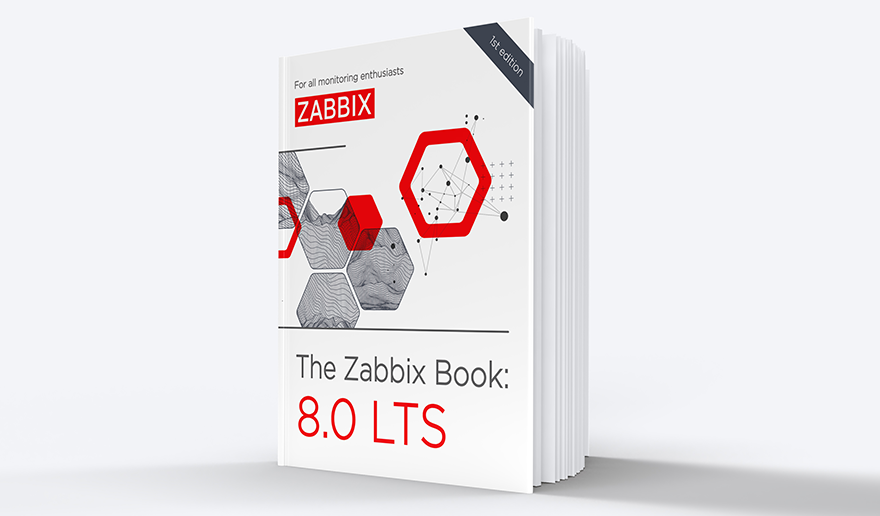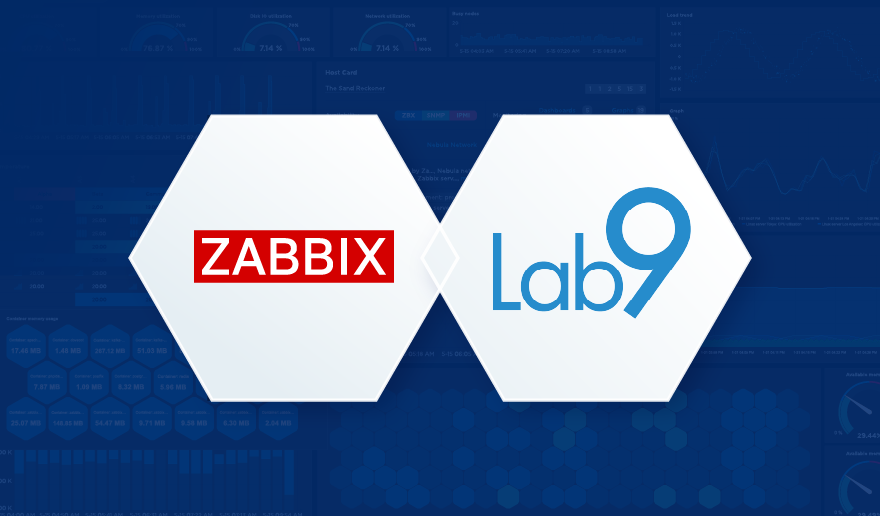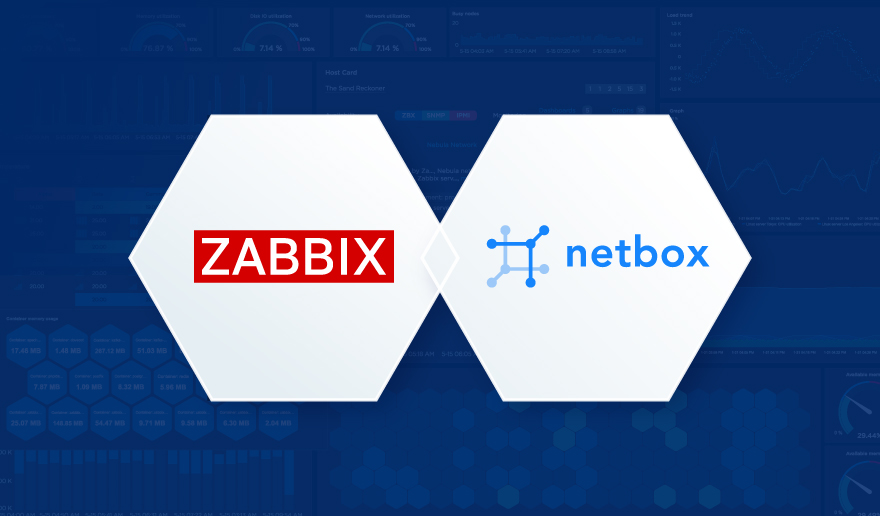In this blog post, you will learn how to set up monitoring for your Litter Robot 3. There’s some amazing community scripts already available to connect to the Litter Robot through a selfmade API, which we’ll be using in combination with some Python scripts and Zabbix.
Table of Contents
Introduction
Technology is everywhere. On the streets, in our offices and even in our houses. This also means that many people have ‘smart’ lighting, fridges, cameras and a lot more. Personally, I have avoided these home automations for a long time, deeming them time-consuming. But, I think any IT Engineer sometimes feels there is a need to build and automate more and more. Thus, my house has also had a bit of smart home make-over and I’ve started setting up Zabbix at home to monitor everything ‘smart’.
One of the things I cannot live without in our house is our smart litterbox. It keeps the litterbox clean and the smell in the house nice, as well as it provides some very useful insights into my cats ‘potty’ behaviour. One of my cats “Jerry” has some issues with Feline Urinary Tract Disease (FLUTD). This has led Jerry to have some odd litterbox usage, which in his case can be fatal if not treated early on.
So, let’s bring Zabbix into the mix! Even though the Litter Robot has an app where I can see the usage, I want to be able to receive alerts from Zabbix if the Litter Robot usage goes over a certain threshold. Alerting me early on if issues might be arising again. Let’s set things up.
How to
Setting up the script
To make this all possible, we will need to get some information from our Litter Robot or Litter Robots if we have more than one in our account. There’s no official documented API available for the Litter Robot, but there is a way to get information from the device by connecting to the Whisker services. To make things easy for us, we’ll be using a community-made Python library to set up the connection and execute some functions:
https://github.com/natekspencer/pylitterbot
This library contains a number of functions that we can utilize to get information from the Litterbox, but also to make changes to it:
- refresh()
- start_cleaning()
- reset_settings()
- set_panel_lockout()
- set_night_light()
- set_power_status()
- set_sleep_mode()
- set_wait_time()
- set_name()
- reset_waste_drawer()
- get_activity_history()
- get_insight()
Utilizing this library we’ve made some scripts available at the Github page below.
https://github.com/OpensourceICTSolutions/zabbix-litterrobot
Login to your Zabbix environment and install the Python library to your Zabbix server or proxy first with:
pip install pylitterbot
Next, execute the following command to download the scripts and put them in the right location.
mkdir /usr/lib/zabbix/ mkdir /usr/lib/zabbix/litterrobot/ cd /usr/lib/zabbix/litterrobot/ wget https://raw.githubusercontent.com/OpensourceICTSolutions/zabbix-litterrobot/main/litterrobot_get_robots.py wget https://raw.githubusercontent.com/OpensourceICTSolutions/zabbix-litterrobot/main/litterrobot_get_insights.py wget https://raw.githubusercontent.com/OpensourceICTSolutions/zabbix-litterrobot/main/litterrobot_get_activity.py
These scripts will have to be executed by Zabbix server’s (or proxy’s) local Zabbix agent, and thus we’ll also have to download the correct UserParameter files.
cd /etc/zabbix/zabbix_agent2.d/ or cd /etc/zabbix/zabbix_agentd.d/ wget https://raw.githubusercontent.com/OpensourceICTSolutions/zabbix-litterrobot/main/litterrobot_userparams.conf
Then, we have to make sure that the Zabbix agent will be able to use these new parameters by enabling unsafe user parameter option (since there is an @ in the username). Edit /etc/zabbix/zabbix_agent2.conf or /etc/zabbix/zabbix_agentd.conf and add the following:
UnsafeUserParameters=1
Then we restart the agent with the following command:
systemctl restart zabbix-agent or systemctl restart zabbix-agent2
Setting up Zabbix
With the scripts in place and the Zabbix agent ready to execute them, we can set up our monitoring in the Zabbix frontend. To do this, we will have to download and import the template. You can find the 6.2 version template here: https://github.com/OpensourceICTSolutions/zabbix-litterrobot/blob/main/zabbix_litterrobot_python_template.yaml
After downloading the template, import it into Zabbix.
Create a new host for your Litter Robot:
Then make sure to add your username and password as macros:
The result
The result is that we can now find all of our important information about the Litter Robot 3 in Zabbix:
Not only that, after we have an idea of how many times per day our cat(s) usually go to the toilet we can start to use the triggers:
There’s a message for when the drawer is full, but also a Warning and High trigger for when there are more than 12 or 15 cycles respectively. This is a default set for my two cats, your cats might have different potty behavior – update your macros accordingly.
As well as create some useful graphs:
Conclusion
Our pets are a big part of our life and sometimes it can be hard to communicate with them. Cats are very likely to hide their feelings, but one of the telling signs something is wrong with them is the number of times they visit the litterbox. Jerry has had a hard time, but our Litter Robot has helped us and our veterinary keep an eye on him to get ahead of his FLUTD. Using Zabbix we can keep Jerry out of surgery as much as possible.
And keep both (Midna on the left, Jerry on the right) of them racing through the house and enjoying all of their 9 lives.
I hope you enjoyed reading this blog post and if you have any questions or need help configuring anything in your Zabbix setup feel free to contact me and the team at Opensource ICT Solutions. We build a ton of cool integrations like this and much more!
Nathan Liefting


















 Prev Post
Prev Post 




